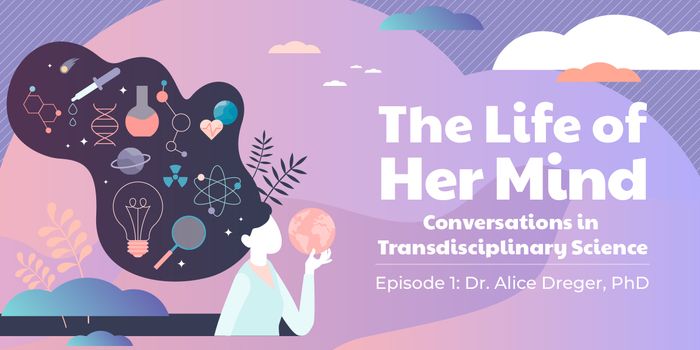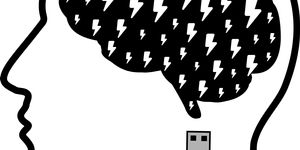Millions of people worldwide suffer from vision impairments. In the US alone, over 4 million Americans over 40 are visually impaired, defined as having low vision or legally blind. For near-sighted (myopic) vision, light is focused in front of the retina, making close-by objects clear but objects in the distance blurry. In contrast, far-sightedness (hyperopic vision) is due to light focusing at the back of the retina; people with these conditions can see far but not close. The shape of the cornea also affects vision acuity; non-spherical cornea can lead to astigmatism, which is a form of blurry vision. Age also affects eyesight, as older people tend to have less flexible lenses to refract light.
For those whose vision problems can be corrected, the predominant treatment has been a set of glasses or contact lenses. But how do these seemingly simple devices work? In either form, the optical lenses enhance vision acuity by correcting light refraction to the retina of the eye, making objects clearer and more focused. The same premise is used in laser correction.








